In late February and early March, I traveled to India for work. I visited our service provider Tata Consultancy Services (TCS) in Mumbai and Sony ORMC in Bangalore. I was fortunate to be hosted on two day trips over the weekends I was there.
The first weekend, I was in Mumbai. At my colleague Kunal Mittal’s suggestion, we visited Nashik, northeast of Mumbai and an emerging wine producing region in India. Kunal and his wife are producing some wonderful wine up in Paso Robles under the LXV Wine label, and this drove his interest in visiting this area.
We had a pleasant drive out. Our first destination was the Trimbakeshwar Shiva Temple in Trimbak, west of Nashik. We used Google Maps to navigate from the main Mumbai — Nashik highway. It was amazingly accurate as it took us down through small villages along single-lane dirt roads. My hosts from TCS were often concerned about being lost, even stopping for directions, but it took us very accurately across the countryside. This time of year the land is dry. One often sees herds of goats, farming, and other agricultural activity.

A goat herd being tended on the road to Trembakeshwar
As anywhere in India, people play cricket everywhere.

A cricket game being played outside of Nashik
We had a very nice visit at the beautiful temple of Tremakeswar. I do not have any pictures as cameras are not allowed.
From there we proceeded to the Sula Winery which is just west of Nashik. Sula was founded in the 1990s by a former Oracle executive. It has produced some award winning wine. The quality of Indian wine is increasing rapidly and it is becoming a popular drink in the country. Sula has a very nice tour, showing the tanks for fermenting, crushing units, some actual crushing since it is harvest time, and wine tasting, of course.
Visitors can stomp grapes if they’d like (no, these grapes are not used for wine). You can see the vineyards in the background.

Grape stomping at Sula Vineyards
I was able to see some grapes just before they were crushed.

I hold some grapes just before they are put into the crushing machinery
After a fine lunch at the winery, we drove south to Pandav Caves. These are a series of 30 caves carved in the rock of the hillside on the southwest corner of Nashik over the last thousand years. It is a steep climb up to the caves, but they are quite impressive.
The work in the rock is quite extensive.

Large entry to temple in Pandav Caves in Nashik
There are many beautiful, detailed carvings.

Carvings in Pandav Caves near Nashik
There is a very nice view of Nashik from the hill where the caves are located.

View of Nashik from Pandav Caves
This concluded our visit to Nashik. We headed back to Mumbai. I cannot thank my hosts at TCS enough for their hospitality.
The next weekend, I was in Bangalore. My colleague and good friend Pankaj found an interesting destination for a Saturday day trip. Since business trips inevitably involve airports, hotels, offices, and restaurants, I always want to get away from the city and really see the country. The Galibore Fishing and Nature Camp was the perfect destination. Located about 100 kilometers (60 miles) south of Bangalore, it is a Karnataka state-run wilderness camp. While there is not fishing due to a regulatory dispute at this time, it is a wonderful drive there and a good destination for either a day trip or an overnight stay.
Again, we used Google Maps to navigate and they were very accurate. Perhaps too accurate. We found ourselves on a one-lane road with not turnarounds or room for two cars to pass if we met one head one for a mile at a time. As it turns out, we were directed through a nature preserve and would have been cited and fined if a ranger found us on the road. When we arrived a the camp, our wrong-way arrival was clear as the sign for the camp was facing the other direction down the road. If you do go, take Route 92 south from Kanakapura. It’s a dirt road for the last several miles, but well kept up and well marked. Google has been notified about this problem and will hopefully fix it soon.
The camp has 15 tents for overnight stays. The tents are under hard roofs, so rain is not a concern, and each has facilities. There is a common eating area for meals. There are places for children to play, guides to take you on a hike (or a “trek” as is common usage in India), and boating.
The tents look reasonably comfortable.

Tents at Galibore Nature camp with the common area in the foreground.
There are many monkeys in the area.

A monkey looks down from a tree at Galibore Nature camp.
They play a game at meal time with the staff. They sneak up as close as they can get into the cafeteria area and are then chased away by a staff member. This process repeats several times during a meal. Here is a monkey getting a bit close, soon to be chased off.

A monkey sneaking into the eating area — he was chased off moments later.
The camp is directly on and overlooks the Kaveri River and is very picturesque and restful. We took a trek up river for about a mile. We saw many cormorants fishing, some other birds, and some elephant dung. That’s the closest I’ve been to an elephant in the wild. We visited at low water. In late summer, the water levels are much higher and there is good rafting and running of rapids according to our guide.

The Kaveri river just south of Galibore Nature Camp.
After our hike and a good meal. We watched the river for a while. Then we had a 30 minute ride down river in a coracle. We started earlier in the day than recommended, but we were only on a day trip. Ideally we would have left around 3:30 pm and spent an hour or so floating gently downstream.

Here I am about to set sail aboard the coracle on the Kaveri river.
The view from the coracle was very pleasant. It would be perhaps a bit more exciting at high water, but it was very pleasant during our visit. As it was, we had a very nice trip down river, seeing more wildlife, including many birds and some deer. A pleasant end to our visit to the wilderness of Karnataka.

The Kaveri River seen from a coracle
I cannot thank Pankaj and his family enough for their hospitality and kindness. I was a successful trip from a business standpoint, but the trips outside of the city helped me to appreciate the people, sites, and beauty of India and made this a truly memorable visit.
And the Sun sets over the Bangalore skyline as my visit comes to a close, seen from my room at the Leela Palace Hotel.

Sunset over Bangalore seen from my hotel room at the Leela Palace.
Like this:
Like Loading...

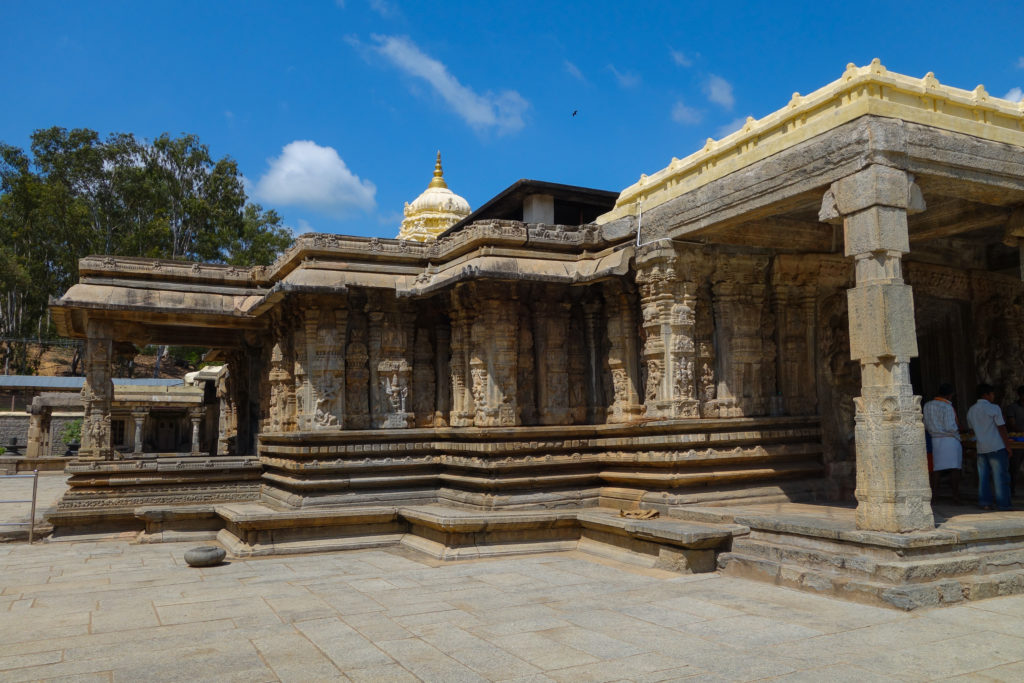
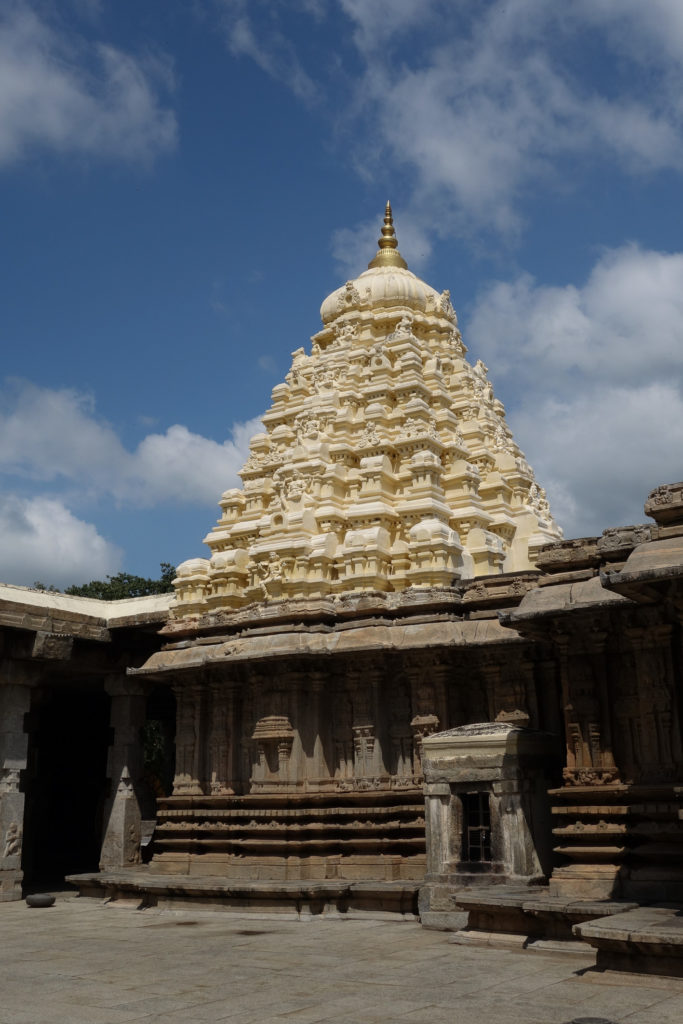
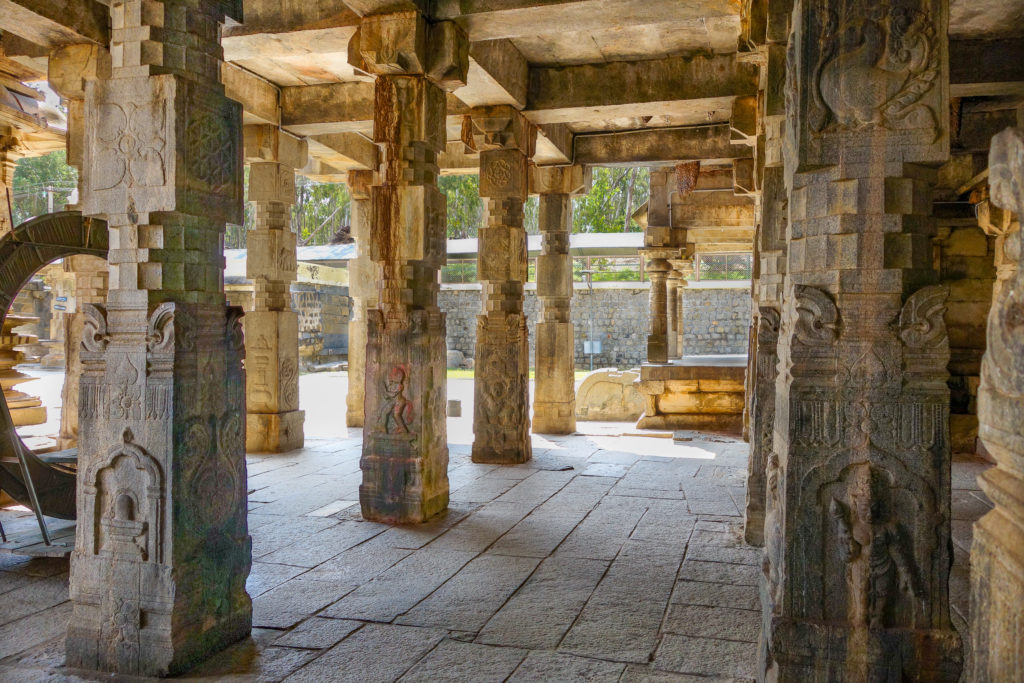
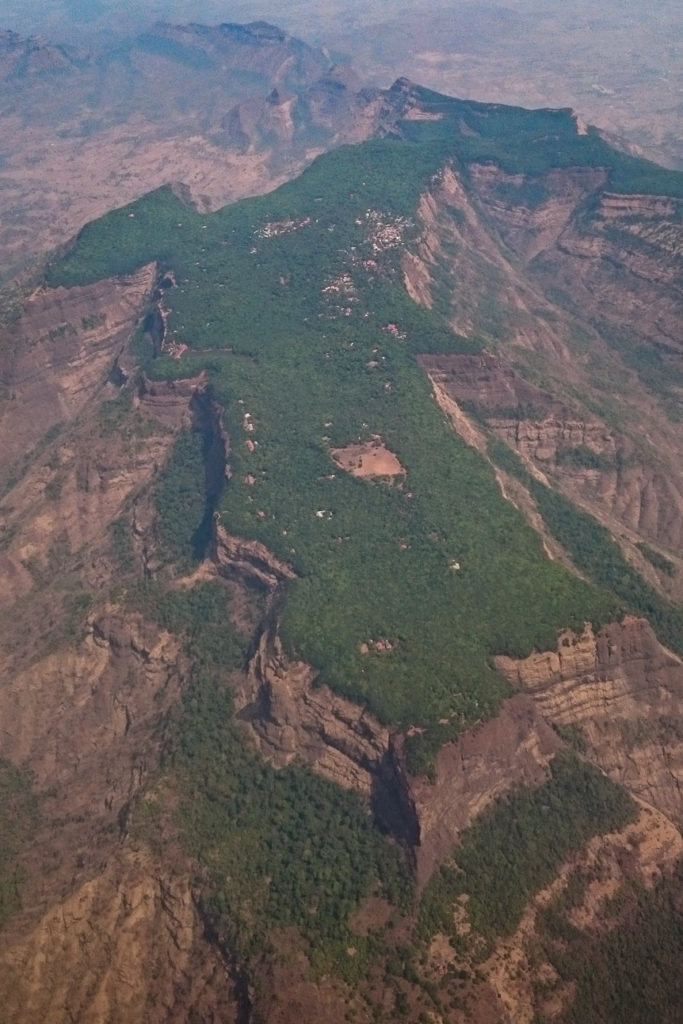
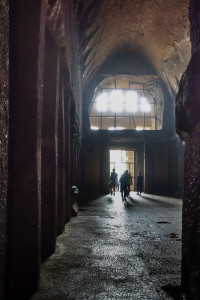

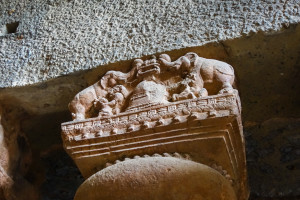
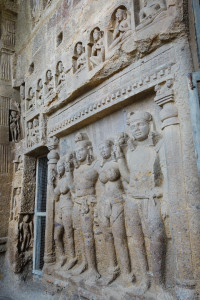


































You must be logged in to post a comment.